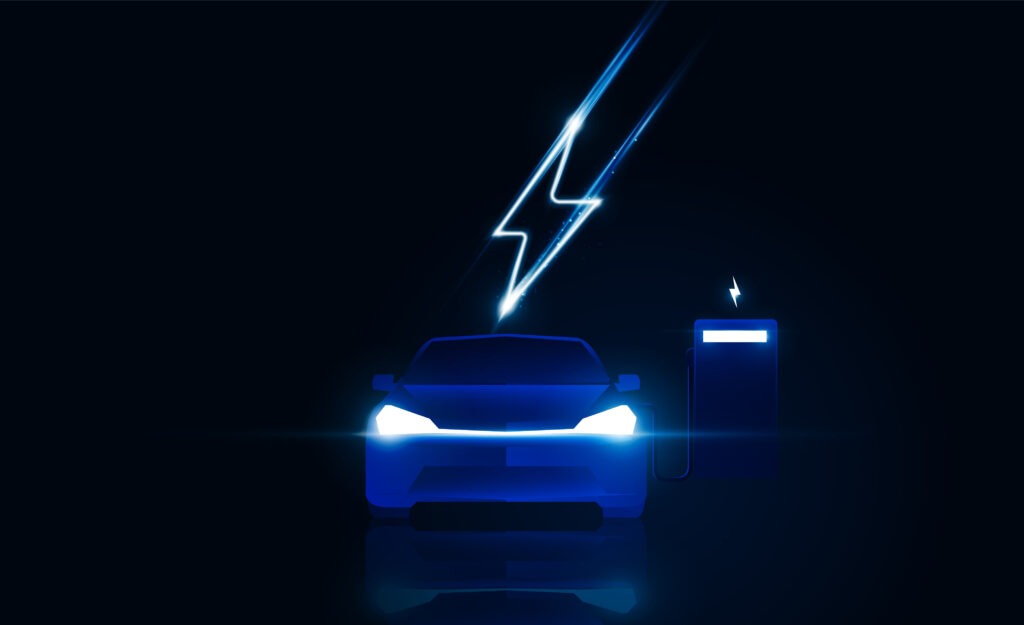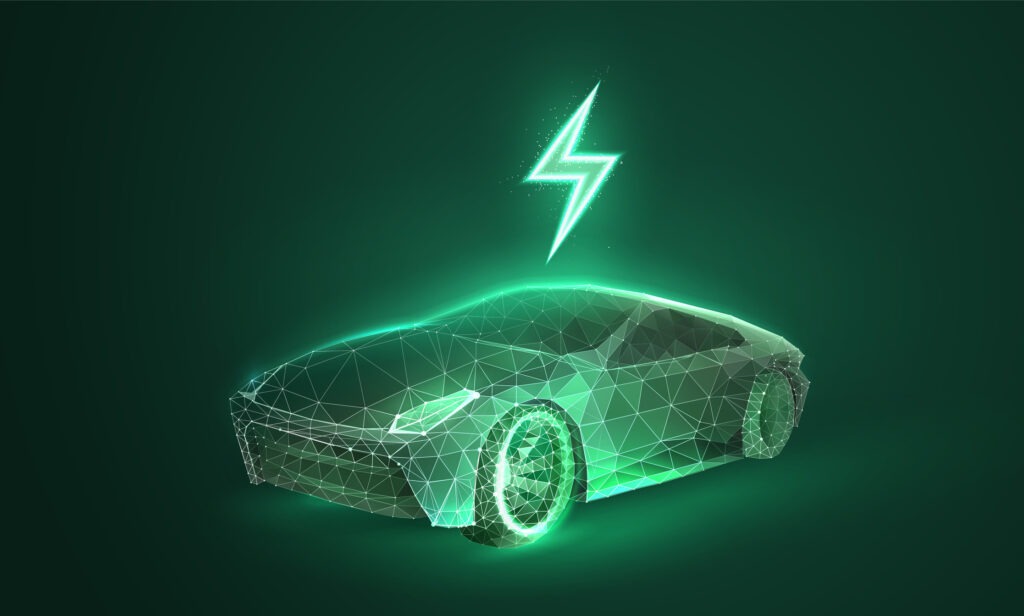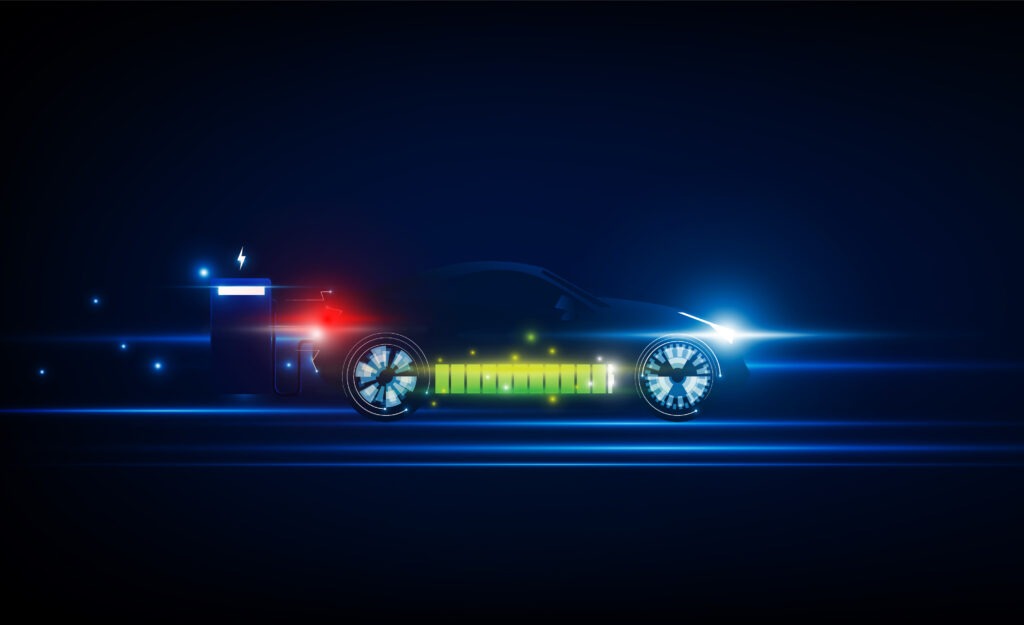Tesla and BYD do battle in July’s global EV market
17 September 2024

With electric vehicle (EV) registrations performing strongly in July, which models came out on top? José Pontes, data director at EV Volumes, examines the numbers with Autovista24 special content editor Phil Curry.
Global registrations of EVs, consisting of battery-electric vehicles (BEVs) and plug-in hybrids (PHEVs), rose 22% in July. The strong performance of the EV market meant that over 1.3 million new vehicles took to roads around the world.
The sector was driven by PHEVs, registrations of which grew 58% year-on-year, reaching over 540,000 deliveries. This was the technology’s second record month in a row, and its highest growth rate since January. BEVs, meanwhile, were up by just 5% compared to July 2023.
The figures show that the rise of PHEVs in China skews the overall market. The powertrain had a strong month in the country, up 87% year on year. The country was responsible for roughly three-quarters of PHEV registrations in the global market during July.
EVs represented 20% of the overall global new-car market in the month, with BEVs taking a 12% share alone. All-electric models represented 59% of plug-in deliveries.
Across the first seven months of 2024, EVs held an 18% share, with BEVs again taking 12% of the overall market. In the EV sector, they held a year-to-date share of 63%, down from 70% recorded 12 months ago.
BYD fills table
Tesla continued to dominate the global EV market in July, thanks to another strong performance from its Model Y. A total of 78,775 registrations were recorded around the world. This was nearly 20,000 units more than the second-placed BYD Song, also known in some markets as the Seal U.
While Tesla ruled at the top of the global EV table for July, BYD was again a standout performer. The carmaker placed nine models between second and 12th place. Behind the Song, was the Qin Plus in third, with 40,390 registrations. The smaller Seagull, known as the Dolphin in some regions, came fourth with 37,022 deliveries.
A notable performer in the BYD stable and the global EV market was the Qin L. This finished the month in fifth place, with 32,466 registrations. The car is in only its second month on the market. While it performed strongly, it did not disrupt its stablemate, the Qin Plus. The BYD Yuan Plus, also sold as the Atto 3, swept into sixth place with 31,836 sales.
Hopes high for Model Y
Despite Tesla’s success with its Model Y, its Model 3 struggled in July. The all-electric vehicle placed seventh, reaching 30,926 units. With Tesla planning a refresh of the Model Y, it will be hoping that the newer version will perform better than the revised Model 3.
Elsewhere, BYD’s new Seal 06 jumped up the chart in July to ninth, with 22,003 registrations. The only model not hailing from Tesla and BYD in the top 10 was the Li Auto L6. The midsize SUV registered 24,856 units on its way to eighth place, in only its fourth month on the market. With this performance, the model may be able to break into the top five at some point.
The BYD Destroyer 05 closed out the top 10, recording 19,949 deliveries. This meant there were four BYD midsize sedans placed in the top half of the table. With a combined 114,808 units, the grouping comfortably outsold the Tesla Model Y.
Legacy brands absent
Outside the top 10 were the final two BYD representatives in July’s best-seller chart. The Dolphin held 11th at the end of the month, with 18,470 deliveries. Meanwhile, the BYD Han was 12th with 17,266 registrations.
Below, Aito’s M9 flagship SUV ended the month in 14th, with a record 17,151 units. This was a good performance for a model that only sells in China, with a higher price tag than most. The Huawei-backed startup brand managed to place a second model on the table, with the slightly smaller M7 ending the month in 16th with 15,633 registrations.
After an absence in June, Wuling made it back to the top 20 global EV models chart in July. The Mini EV placed 15th, with 15,765 deliveries, while the small Bingo hatchback ended the month in 18th, with 14,664 registrations.
A notable absentee in the top 20 was the Volkswagen (VW) ID.3, which secured just 11,786 deliveries in July. This meant the only legacy model in the top 20 was the German carmaker’s ID.4 model, which ended the month in 17th, thanks to 15,607 registrations.
Finally, 20th place was taken by the Xiaomi SU7, with 13,120 units. This was less than 2,000 deliveries ahead of the recently introduced BYD Yuan Up, which may creep into the chart in the coming months.
Domination by Tesla
Across the first seven months of the year, the Tesla Model Y led the plug-in market by a considerable distance. With 624,996 registrations, the crossover was almost 240,000 units ahead of the BYD Song (385,087 units), with the BYD Qin Plus in third (293,632 units).
The Tesla Model 3 lost ground in fourth place (275,554 units) and sat 18,000 units behind the Chinese sedan. July is often a weaker month for the US brand, as it performs better at the end of a quarter. Therefore, it remains to be seen whether the Model 3 can take third place by the end of the year.
Positions in the year-to-date chart seem secure down to 15th position. BYD dominated the top 10, with the Seagull, also called the Dolphin Mini, in fifth with 222,153 units. It was followed by the Yuan Plus or Atto 3 in sixth with 194,989 units.
Then came the Destroyer 05 (128,636 units) in seventh, while the BYD Dolphin sat in ninth (115,266 units) and the BYD Han held 10th (111,598 units). The Aito M7, which had a poorer month in July, still sat comfortably in eighth with 122,173 units.
Lower down, GAC’s Aion S profited from the slow month recorded by the VW ID.3 to overtake it and take 16th (79,543 units). It was just over 1,000 units ahead of the German model and under 700 units behind the Li Auto L7 in 15th.
Finally, the Aito M9 (78,093 units) climbed one position in the year-to-date chart, taking 18th from the BYD Tang (76,350 units). With the BYD SUV now six years old, sales are suffering, something the brand is aware of. The third generation of the Tang is expected to be launched in the first half of 2025.




